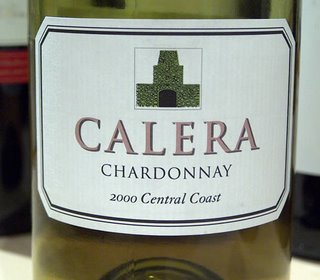 I didn't hold out much hope for a six year old bottle of Californian Chardonnay, although Calera are supposed to be one of the better producers of this variety. But it always pays to taste with an open mind, and I'm actually quite enjoying this wine. White Burgundy it ain't, though.
I didn't hold out much hope for a six year old bottle of Californian Chardonnay, although Calera are supposed to be one of the better producers of this variety. But it always pays to taste with an open mind, and I'm actually quite enjoying this wine. White Burgundy it ain't, though.Calera Chardonnay 2000 Central Coast, California
Quite a deep yellow gold colour, this has a full, complex nose with malty, buttery, toasty tropical fruit combined with a hint of coffee and honey. This probably sounds a bit too much, but the palate is quite well balanced with rich figgy, toasty, butterscotchy fruit backed up by good acidity, together with some fruit sweetness. This is a wine that would work really well with rich seafood or lobster, and while it's certainly towards the end of its peak drinking window (I'd have probably preferred it a couple of years back), it's still very much alive and offers a complex, rich, buttery expression of Chardonnay. I'm enjoying it, although I feel a but guilty about this - we're supposed to scorn Californian Chardonnay, aren't we? Very good/excellent 91/100 (£12.99 Waitrose)
I feel a series of blogs on Chardonnay coming up. I have quite a few in my tasting queue.
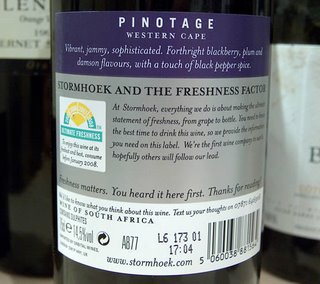

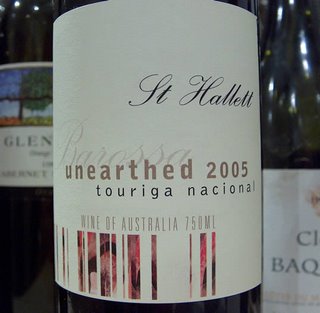
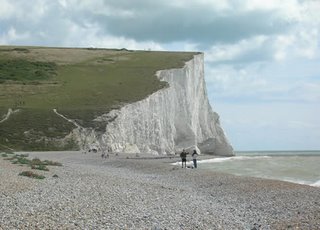
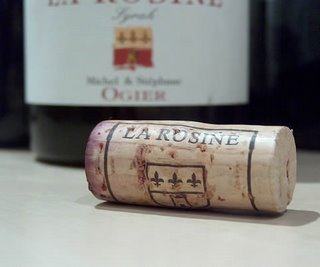
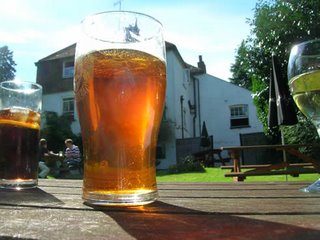
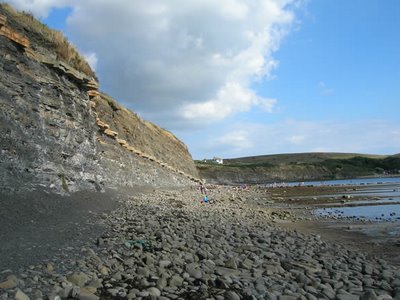
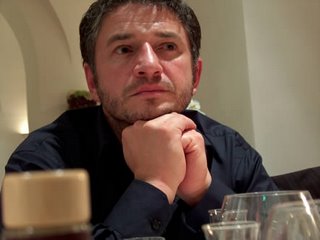
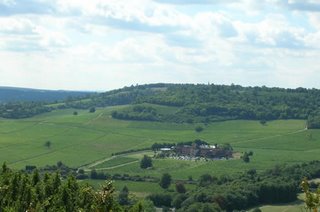
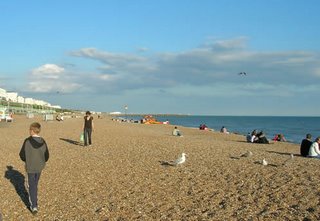
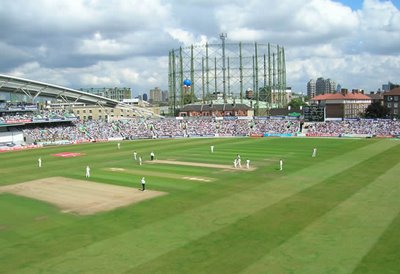
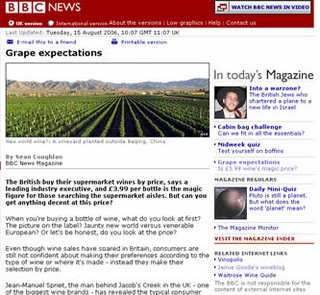
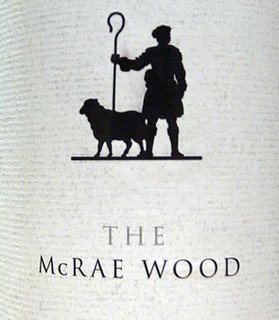
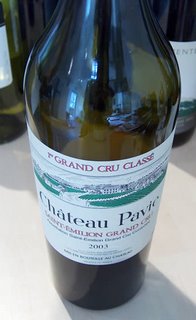
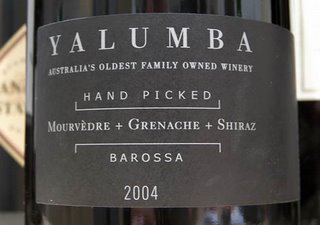
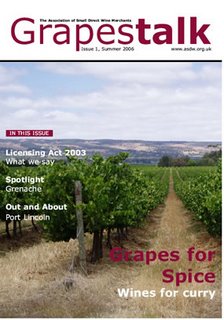
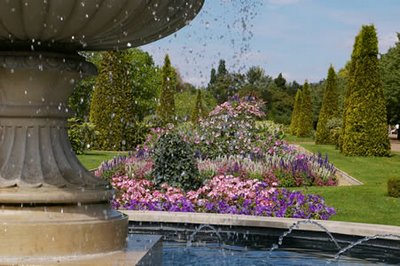
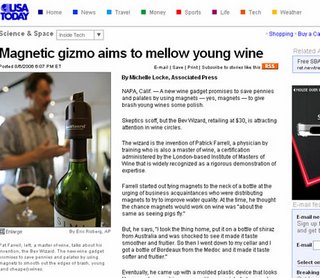
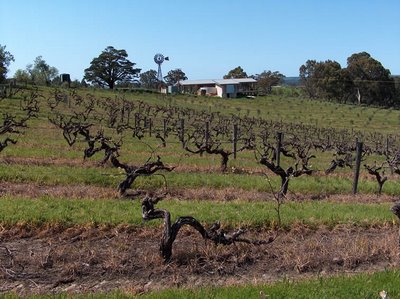
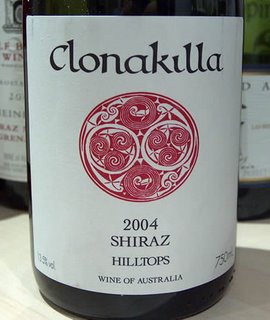
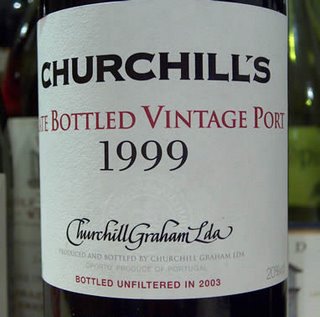
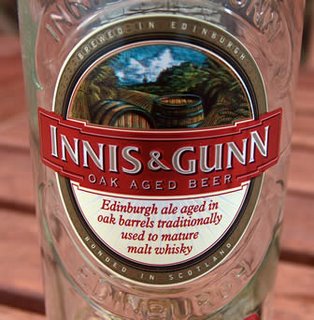
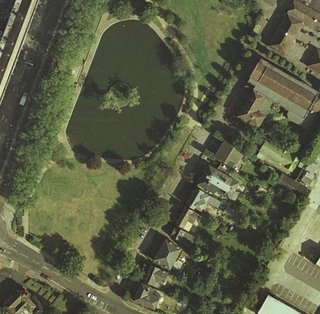
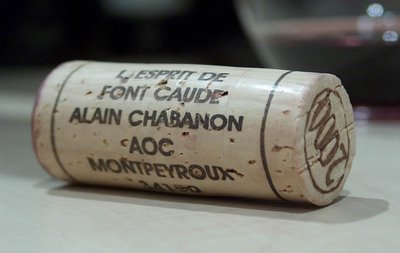
 The web log of wine journalist Jamie Goode. Feel free to nose around; your comments are welcome
The web log of wine journalist Jamie Goode. Feel free to nose around; your comments are welcome 
